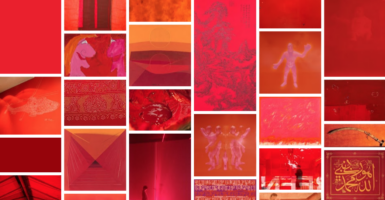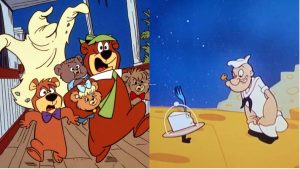25+ Vintage Photos That Show How Much The Circus Has Changed Over The Last 100 Years
Long before radio broadcasts, movies, and television series, the circus was the biggest and greatest entertainment industry in the United States and beyond. Spectators couldn’t wait to catch a glimpse of the talented trick-riders, fearless fire-eaters, amazing acrobats, and exotic animals. Since the first circus ring opened to the public the late 1700s, a lot has changed. The performances have evolved greatly over the last 200-plus years and some of the acts of the past might surprise you. Read on to take a look back at the circuses of yesteryear.
Gators Became Friends
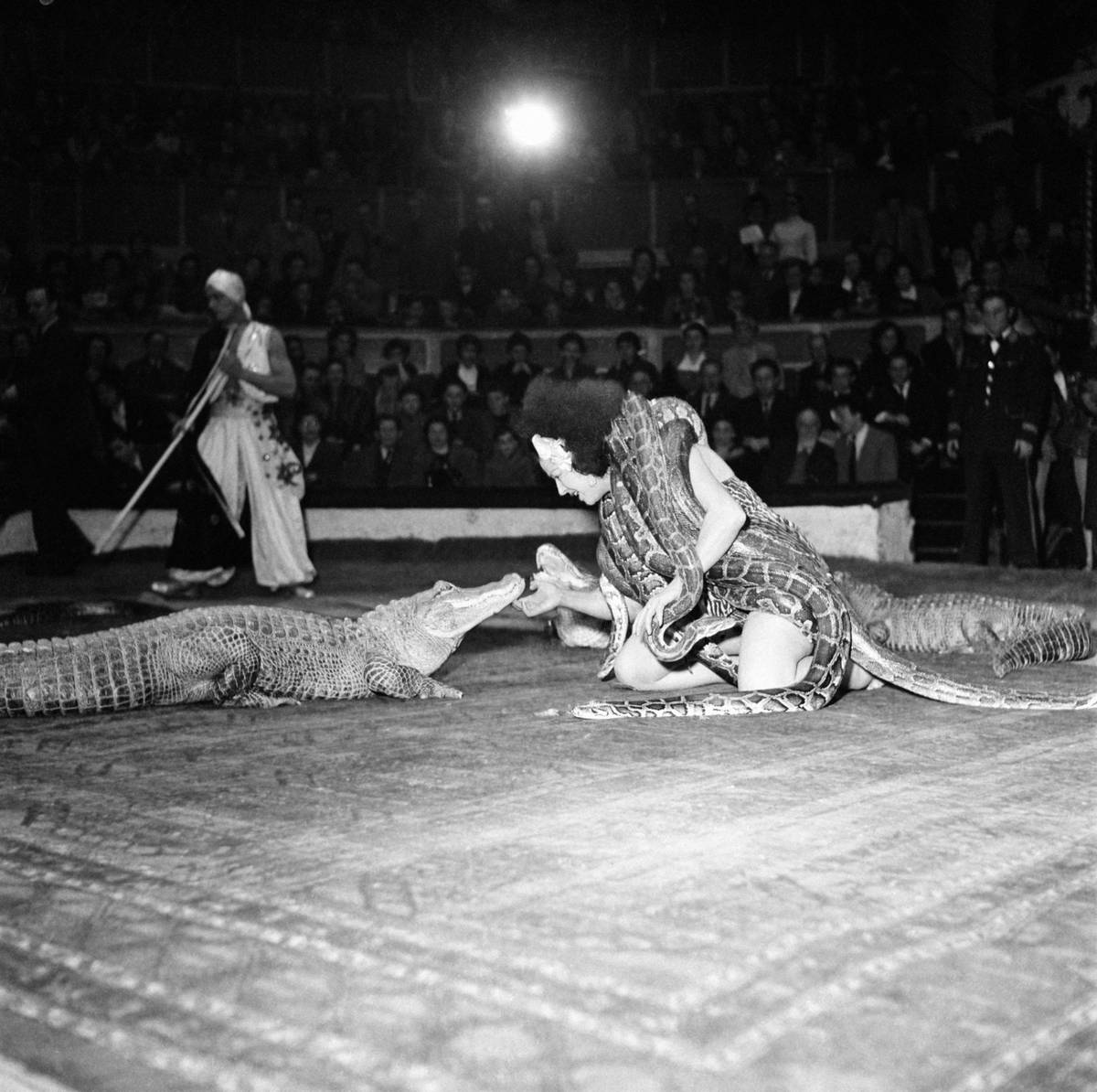
Lions, tigers, bears, and gators. Just what you would expect to see at a circus. Here is an unnamed woman “talking” to an alligator during a show in 1910 in California. What she was saying is truly anybody’s guess.
While this looks incredibly dangerous (and it no doubt is), trained professionals can usually sense when they need to pull away from the animal to avoid serious injury. This gator looks surprisingly calm while being handled.
Trusting A Lion With Your Life

This is the second picture we’ve now shown you of people with their heads in the mouths of lions. Unlike the first one, though, this one shows an unnamed performing forcefully sticking her head into the dangerous area.
Just think, if the lion chose to, it could ruin the show at any second. Luckily that’s no what happened here. Looking at this performers leopard skin dress, you can tell this isn’t her first time checking the big cat for gingivitis.
A Big Cat’s Time To Shine
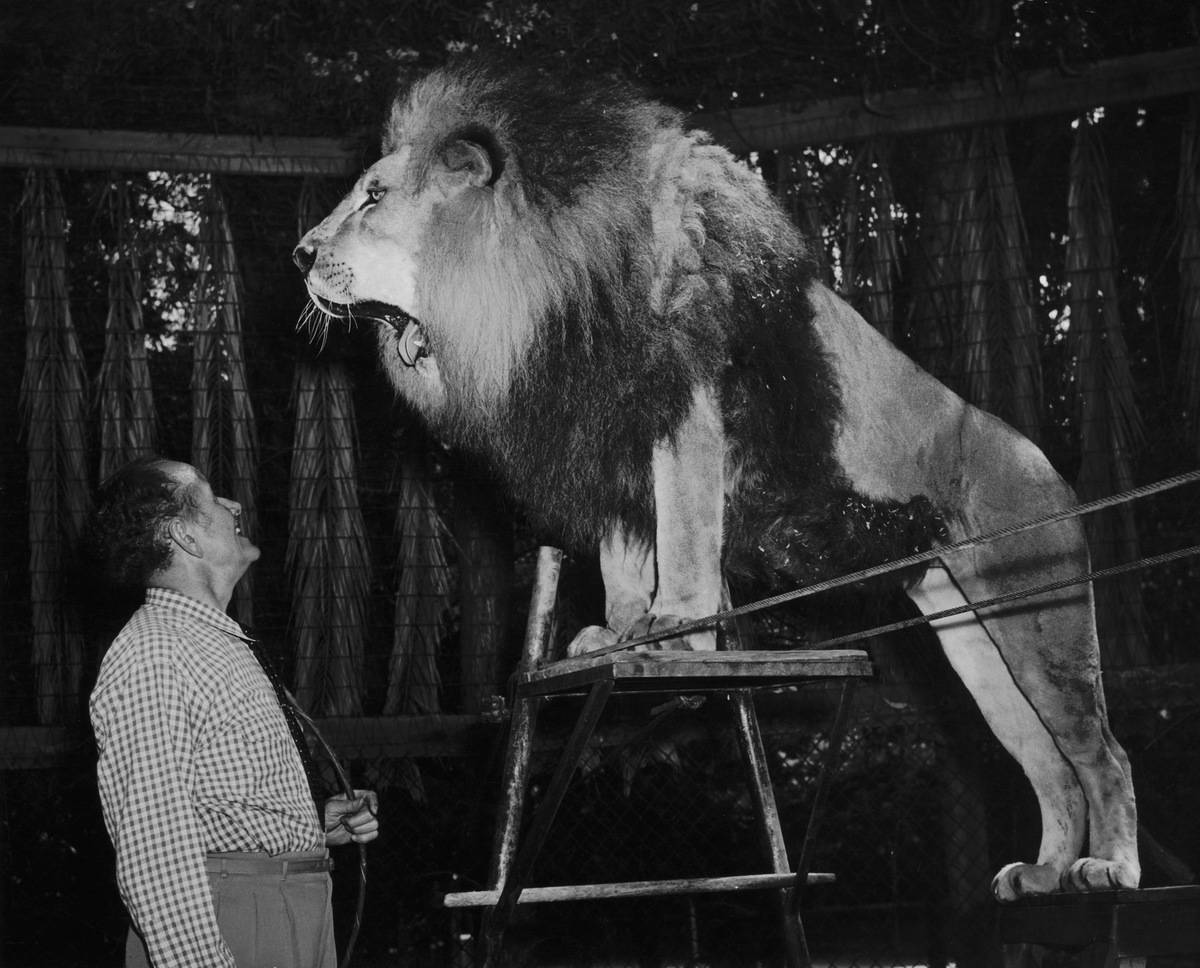
When the circus began, there was an emphasis on equestrian displays. But as automobiles began replacing horses, the animal lost its sheen to audiences. Instead, audiences wanted to see exotic animals, big cats in particular.
By the end of World War I, the traditional equestrian circus as the world knew it was gone, along with its legendary stars.
Trapeze Became The Main Attraction

In the early years of the circus, tight-rope dancers were considered to be the stars of the show. These acrobats adapted their art, which would later evolve into one of the most prized attractions of the circus — the trapeze.
The first performers would simply swing and hang from a slack rope, but as their performances evolved, a bar was added and the trapeze was born. The trapeze further changed when French gymnast, Jules Léotard, jumped from one trapeze to another at Paris’s Cirque Napoléon. From then on, Léotard and his “flying trapeze” were the stars of Europe.
Anyone And Everyone Welcome

Circuses have always been largely about visual performance. Because they were largely liberated from language barriers, circuses could easily move about the world and remain appealing to many groups of people. As circus entrepreneurs began to take their shows international, circuses started popping up in Cuba, Brazil, Japan, China, Chile, Australia, New Zealand, and beyond.
By the early 1900s, the concept of the circus was commonplace, with circus dynasties popping up left and right.
Unicycle Talents
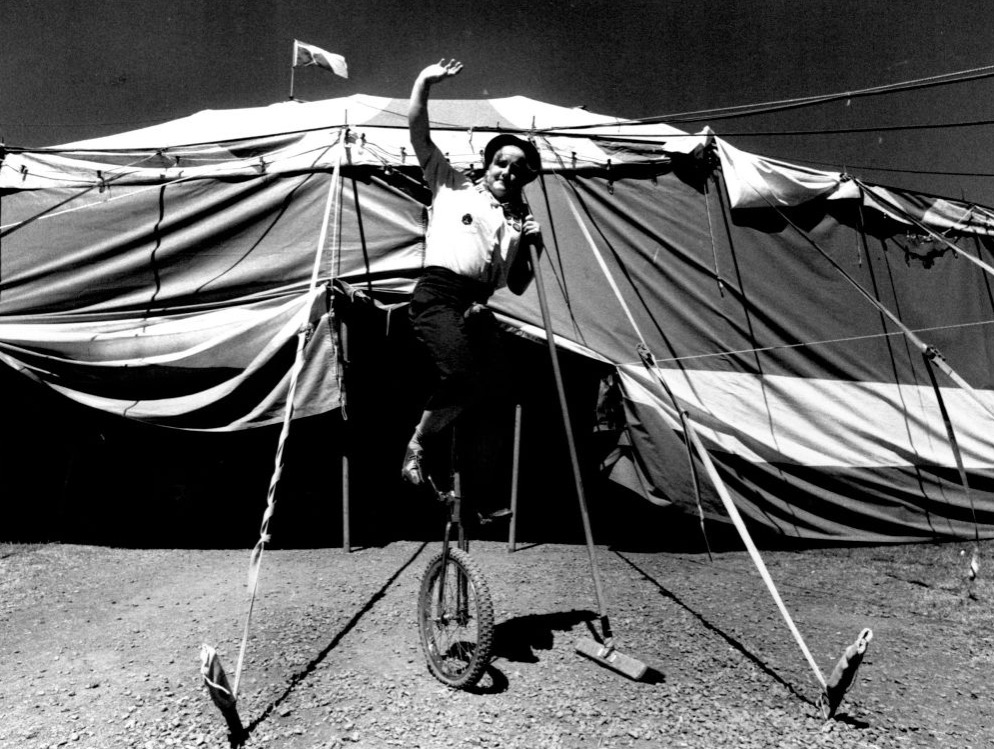
If you’ve ever tried and failed to ride a unicycle, then you know why they are such popular circus attractions. They were, of course, at their most popular before automobiles came out and motorcycles could make stunts more adrenaline filled.
This lovely lady is Natalie Dyball, a noted acrobat from Cicus Oz. This picture of her was taken before a show for what we think is advertising purposes in 1899. The broom she’s holding is hopefully just for balance, and not actual cleaning.
A Royal Entrance
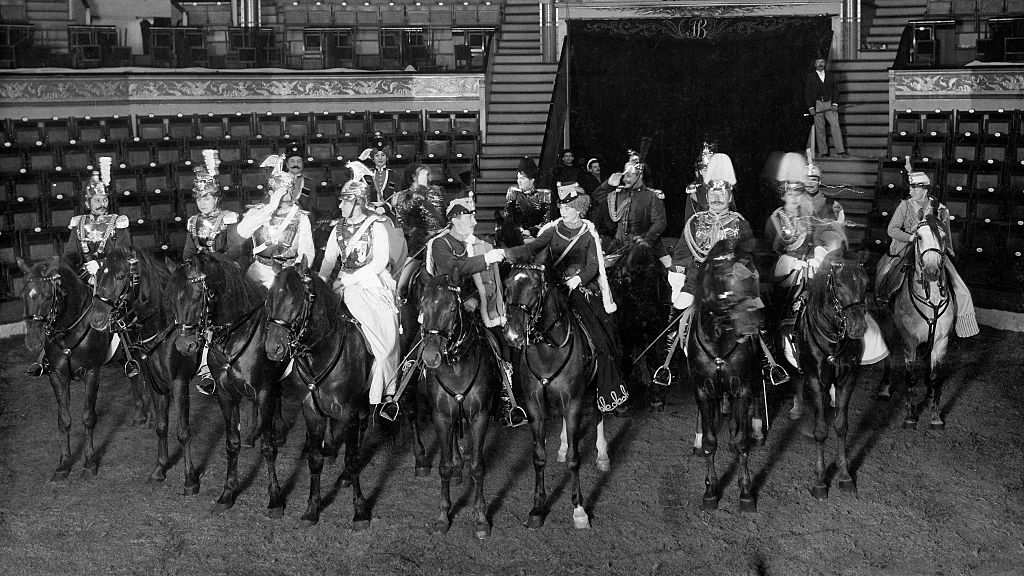
We’re leaving the United States for this incredible vintage circus photo. This was taken in Prague, and shows members of Circus Busch entering the main stage in full uniform.
As intimidating as they may look, remember that what happens at the circus is always designed for the entertainment of the crowd. The only thing we want to know is if this incredible entrance normally took place before the start of the show at the end.
The Circus Comes To The United States
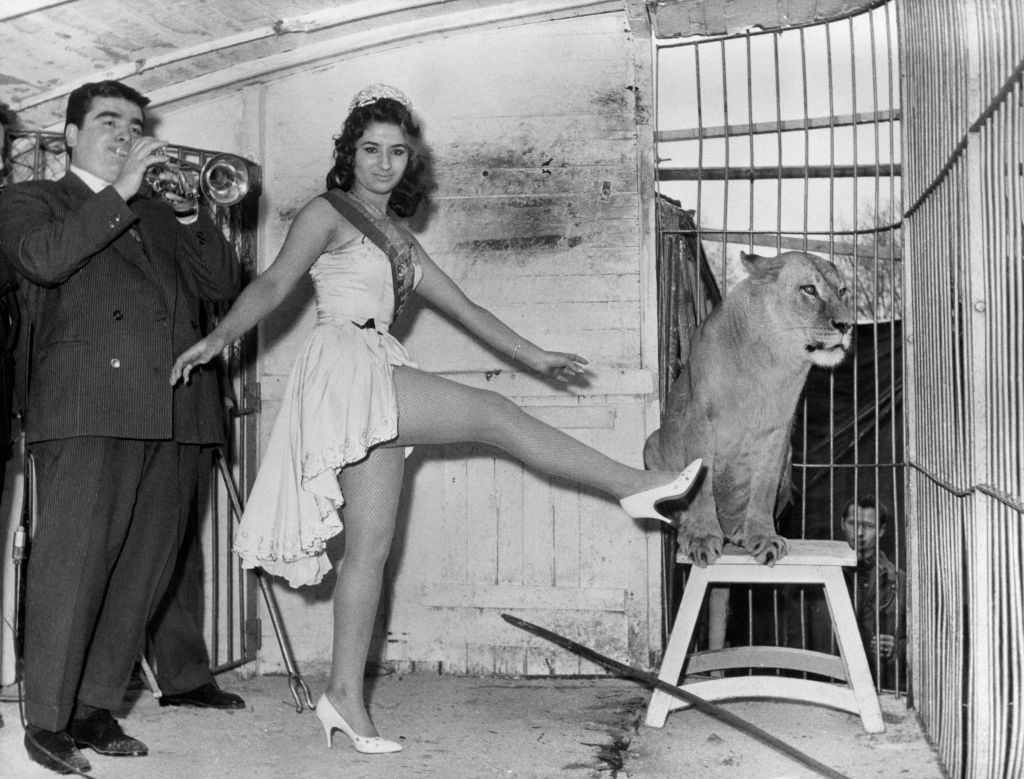
In the early nineteenth century, the United States was still new and developing at a rapid pace. As the American settlers were pushing the frontier to the West, showmen had no choice but to travel light and with speed!
With circuses needing to be transported throughout the United States, it no longer made sense for the acts to perform in the classic wooden structures that had become commonplace. In 1825, circus entrepreneur Joshuah Purdy Brown conducted the first circus held in a canvas tent. Another circus entrepreneur, Hachaliah Bailey, began exhibiting his young African elephant around the country with much success. Soon, he acquired a small fleet of exotic animals and became the first traveling menagerie.
Looking Silly
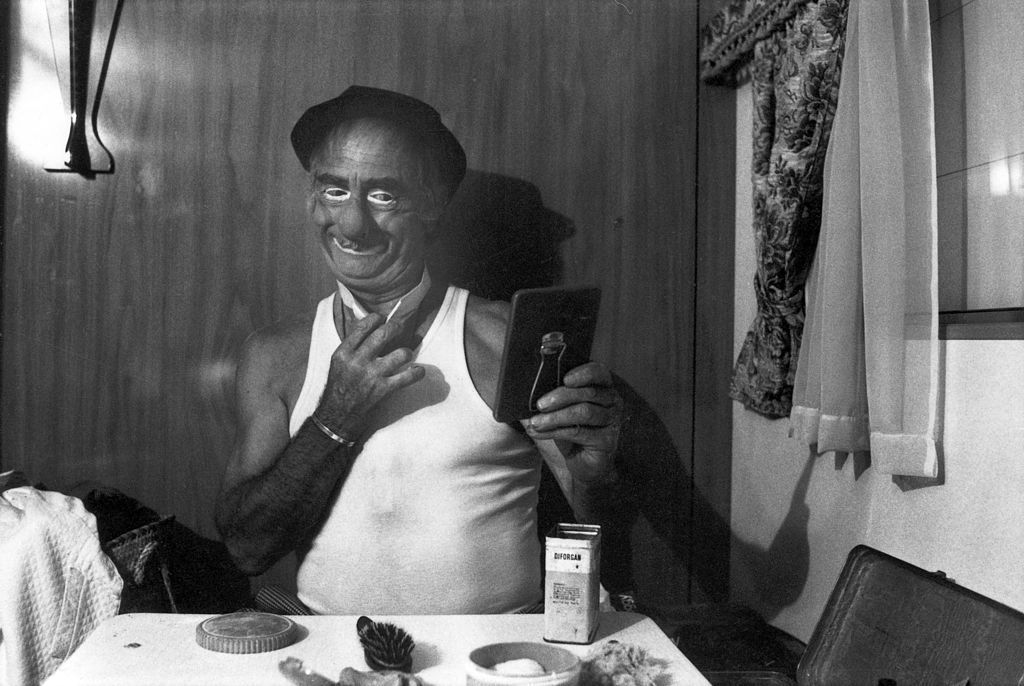
No circus would be complete without clowns, and here is one getting prepared backstage. It takes a lot for clowns to get into character, and this vintage photo shows us just how dedicated they have to be.
The unnamed clown isn’t even done putting his makeup on, but has to make sure the layers he has applied contort appropriately to his face. If one line is messed up, then he could transform from a happy clown to scary clown!
People Love Lions
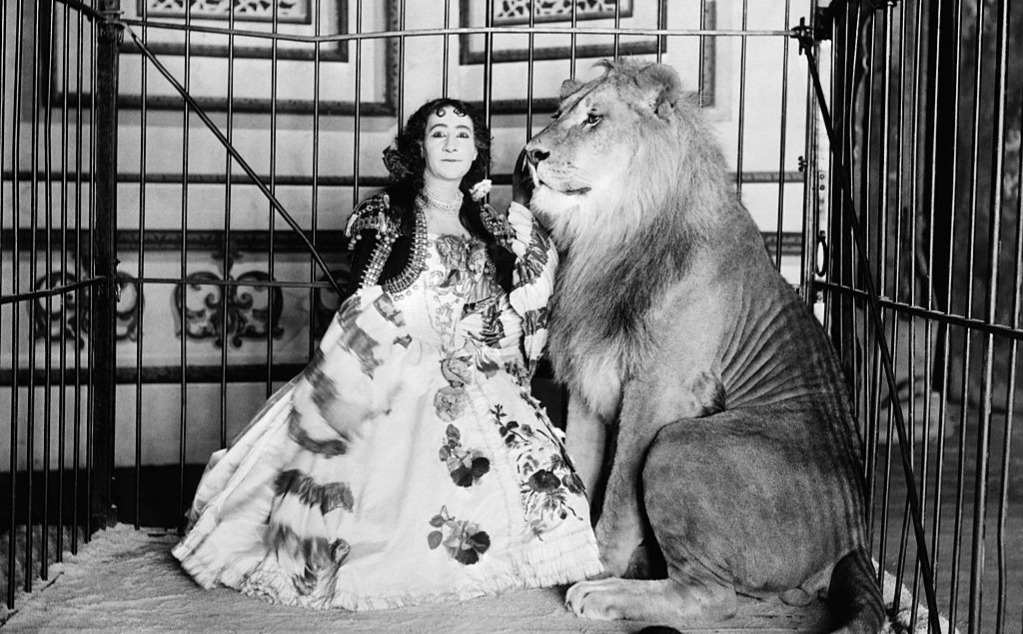
Anyone else want to step into the lion’s cage with a real life wild cat? We didn’t think so, which explains why circus goers have always been fascinated with performers “taming” wild lions.
In this picture we have an unnamed female lion tamer in 1897. In her dress, this almost looks like the inspiration for Beauty and the Beast, even though we know it’s not. These days, lions are still used in circuses worldwide, although the act has become very controversial.
Elephant Rides
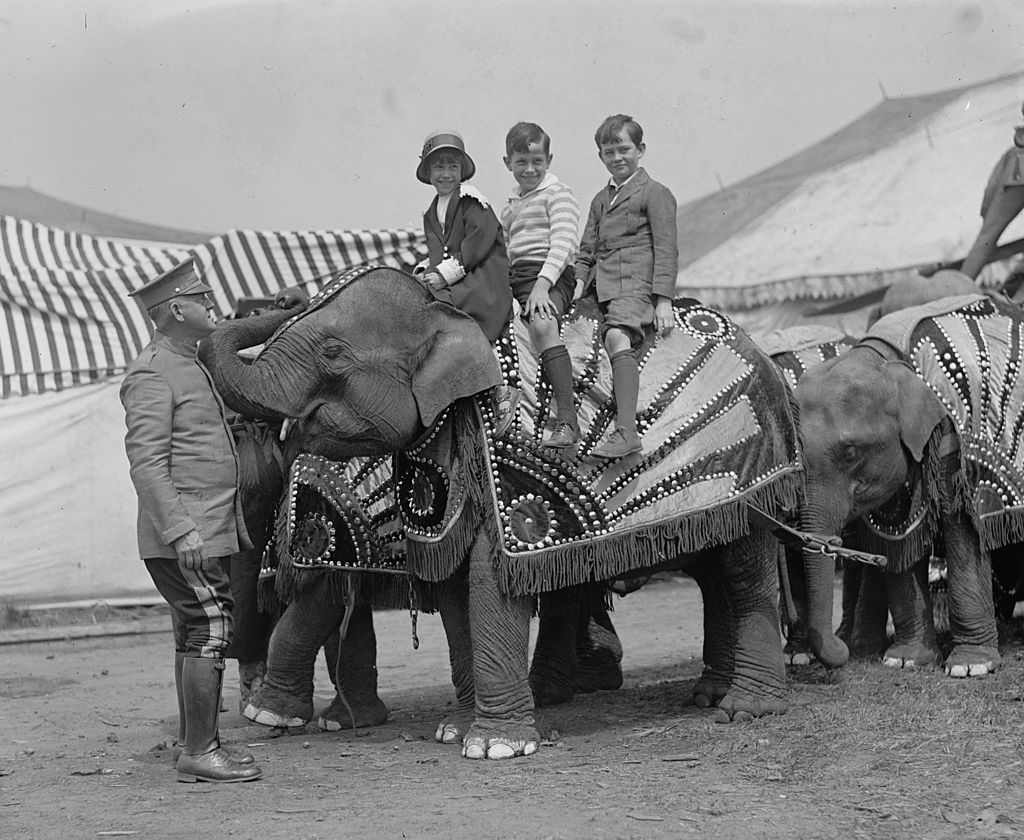
When the most exciting parts about going to the circus as a child back then was the chance to ride an elephant. Here we have three young children in 1900 enjoying their adventure.
Today, the use of elephants in circuses, like with lions, has become controversial. Oftentimes to train these animal, less than human tactics are used. Since 2014, over 50 laws have been passed in the United States helping to protect elephants and other wild animals used regularly in traveling shows.
“The Greatest Show On Earth”
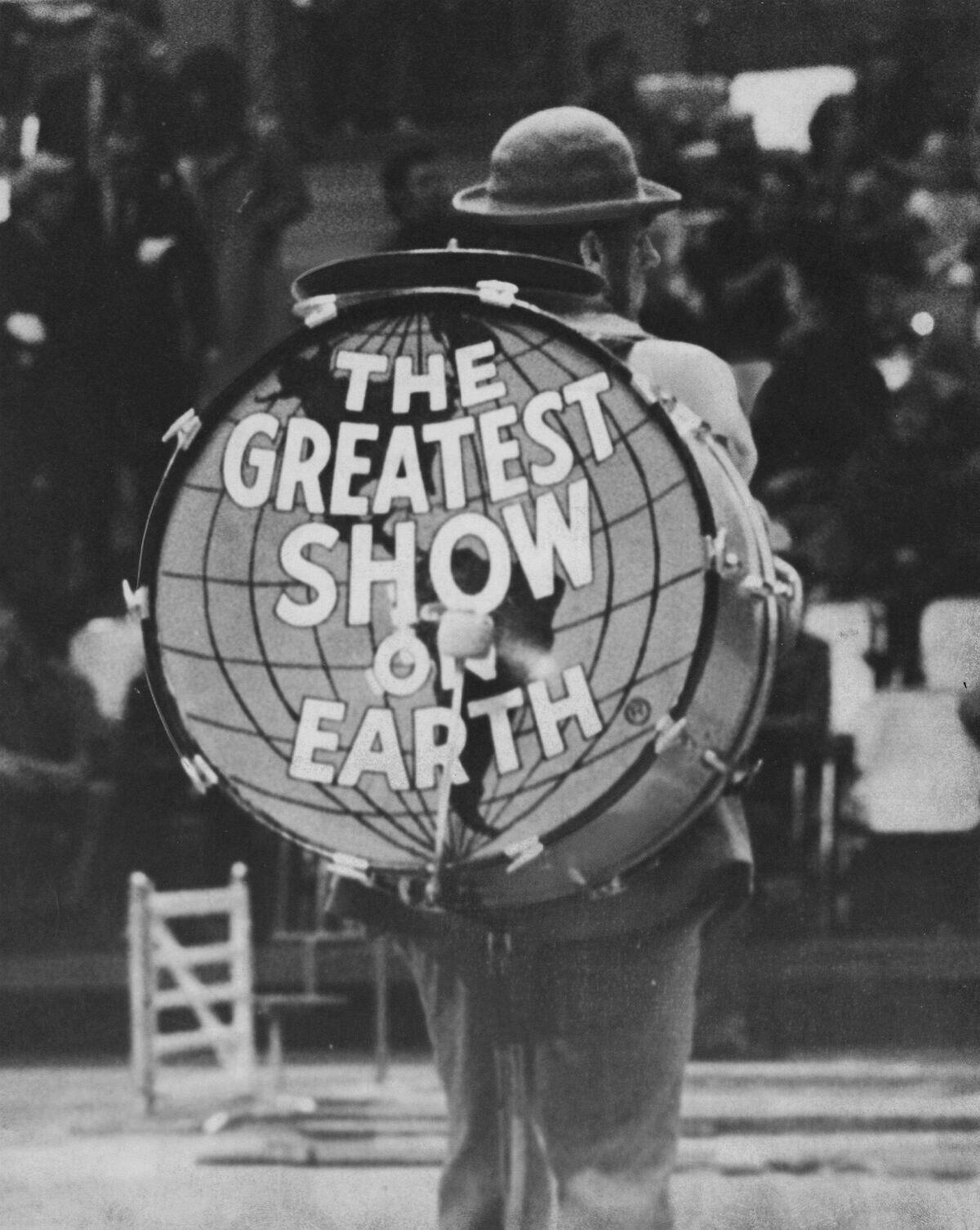
The most famous traditional circus in the United States was undoubtedly Ringling Bros. and Barnum & Bailey. The traveling circus company was founded in 1871 and was billed as “The Greatest Show on Earth.” As the circus traveled from town to town, it was said that their fleet of animals and performers was one-mile long.
Ringling Bros. came to symbolize what the circus meant in America and did its best to modernize itself throughout the years. Sadly, due to weakening attendance, high costs, and ongoing animal rights protests, Ringling Bros. announced their 2017 tour would be their last. The final performance took place at Nassau Veterans Memorial Coliseum, ending the company’s 146-year run.
The Hartford Circus Fire Claimed More Than 169 Lives
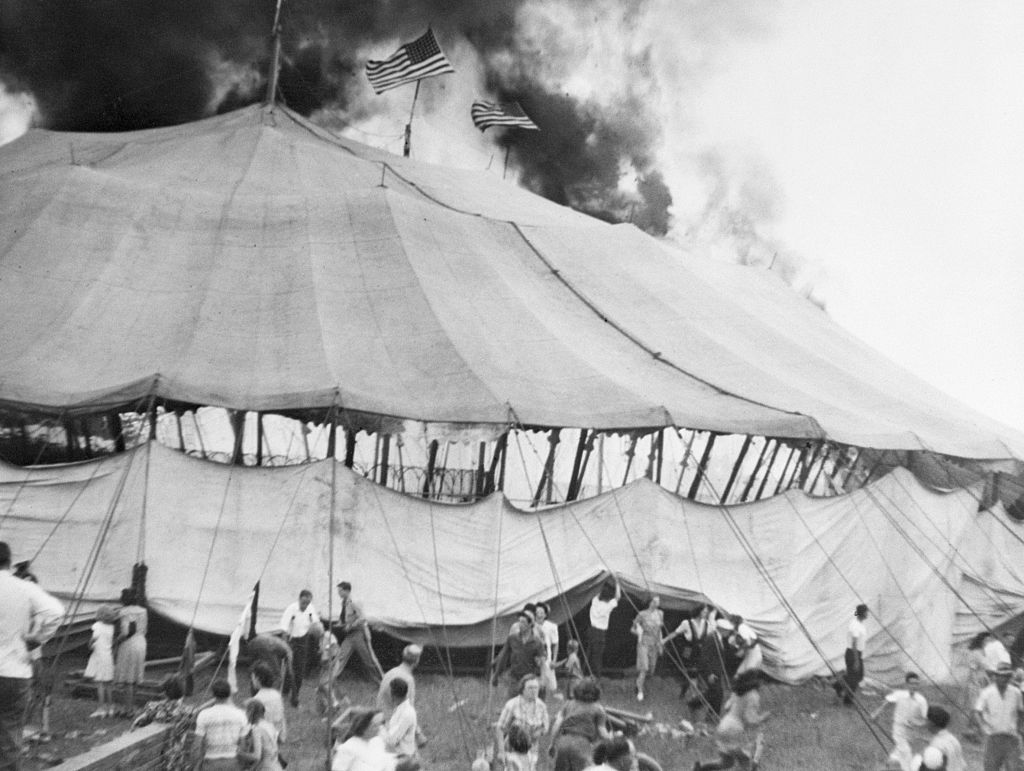
The Hartford circus fire is considered one of the worst fire disasters in U.S. history. While the Ringling Bros and Barnum & Bailey circus was mid-performance, a fire erupted while upwards of 8,000 spectators were inside the big top tent.
The small fire started on the southwest sidewall of the tent and quickly grew until the entire structure was up in flames. Fred Bradna, the ringmaster at the time, urged the crowd to remain calm and exit the tent in an orderly fashion. While the majority of the audience fled to safety, tragically, at least 169 spectators died and over 700 were left injured.
You’re Getting Very Sleepy
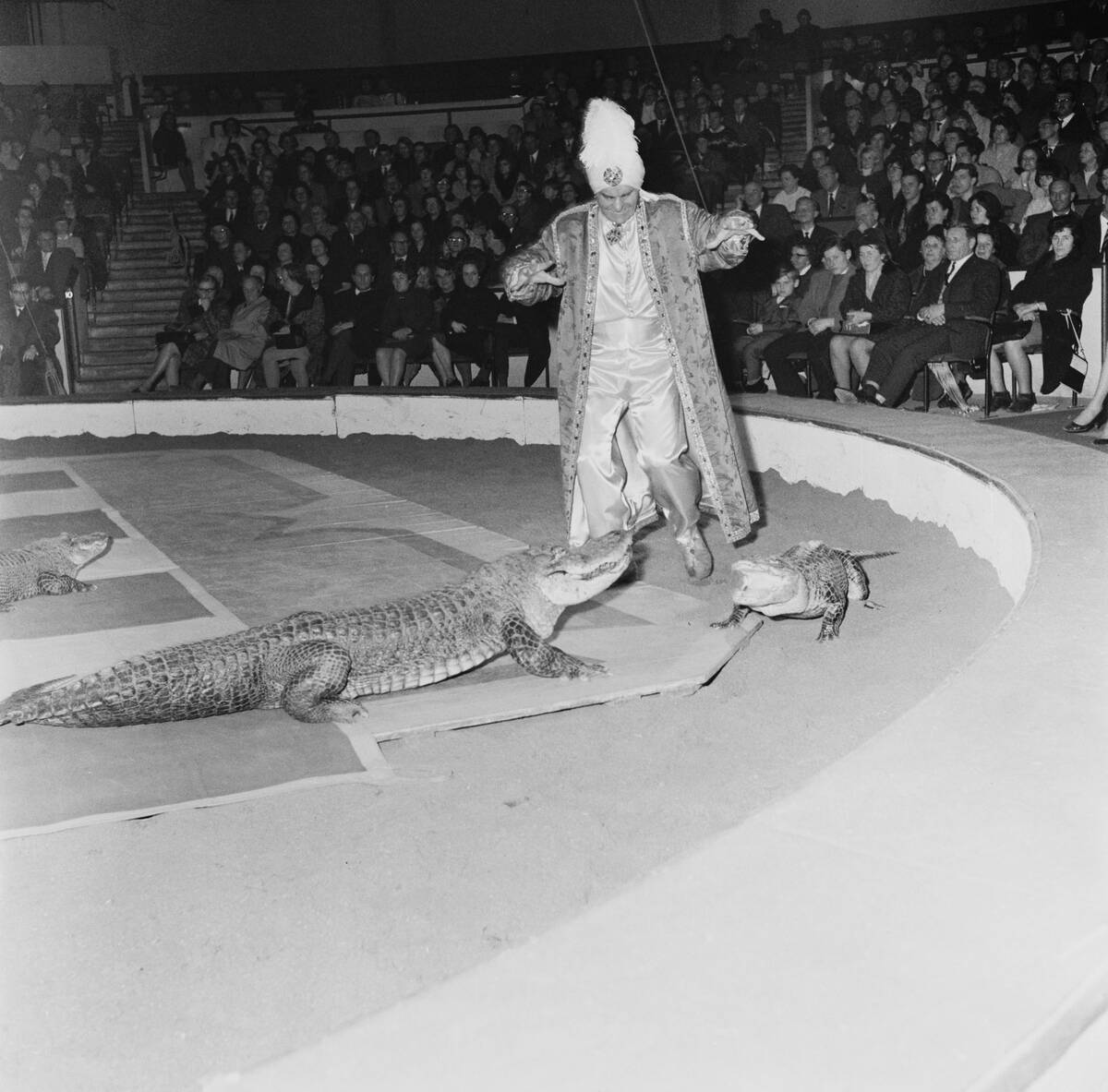
Throughout the history of the circus, animals have been an integral part of the show. From dogs and horses to lions and elephants, circuses have enlisted the help of a variety of species of animals throughout the last 150 years.
In this photo, famed hypnotist Karah Khawak puts two crocodiles into a trance during his act at a circus in Munich, Germany. Khawak, who was a former lion-tamer, came from a famous family known for their work with alligators, caimans, rats, tarantulas, scorpions, and snakes.
Equestrian Acts Remained A Crowd Favorite Throughout The Mid-1900s
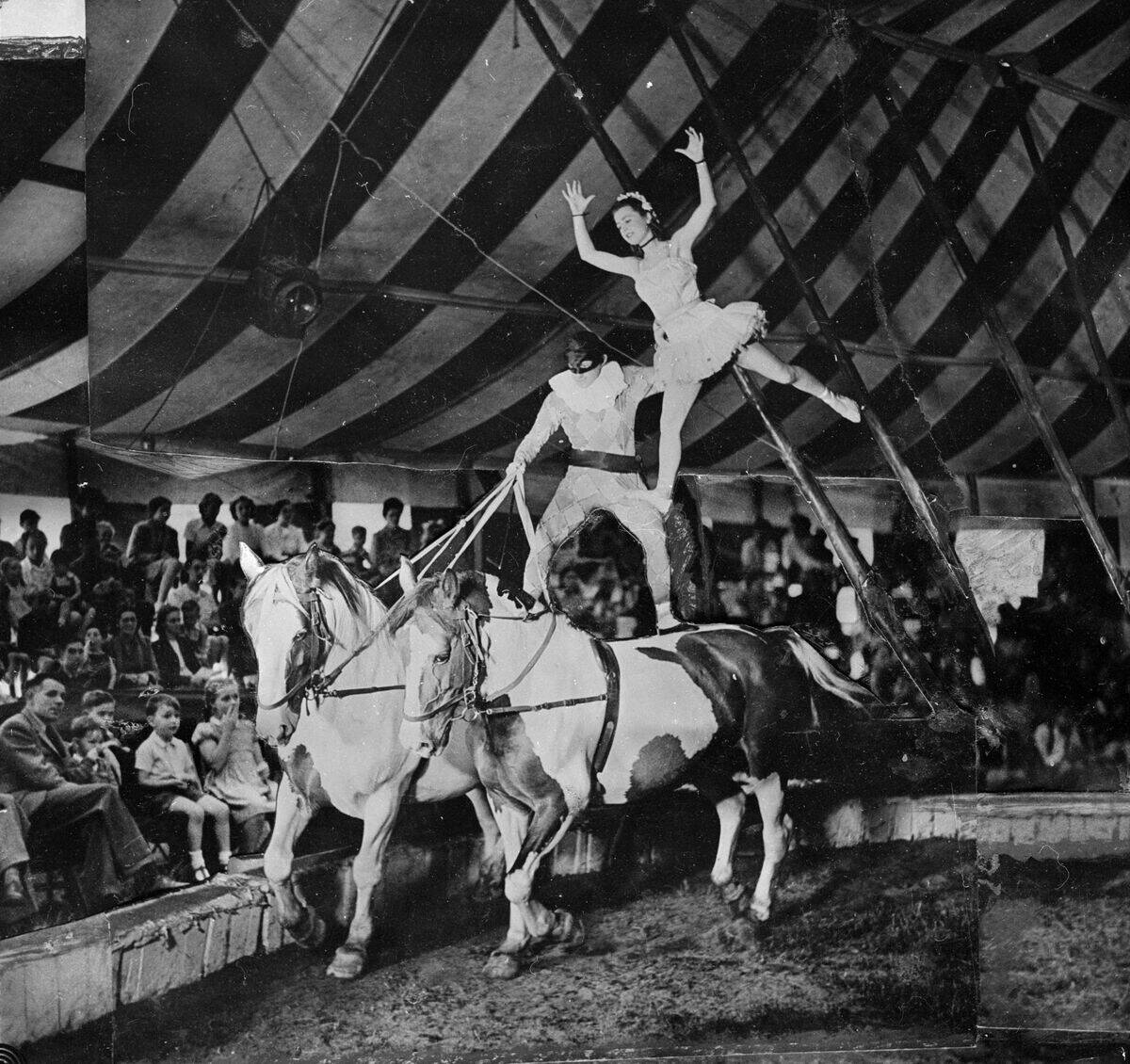
By the nineteenth century, equestrians were still a crowd favorite, but acrobats were becoming increasingly popular. Audiences loved acrobats on horseback, especially the likes of performer John H. Glenroy who was the first to land a somersault on horseback. Not to be overshadowed, floor acrobats pleased audiences far and wide too. Clowns even began taking their shot at acrobatics, with the English clown Little Wheal gaining notoriety for performing 100 consecutive somersaults!
In this photo, 16-year-old Ella Freeman balances on the knee of her partner as they ride around the ring in 1949.
The Bear Necessities
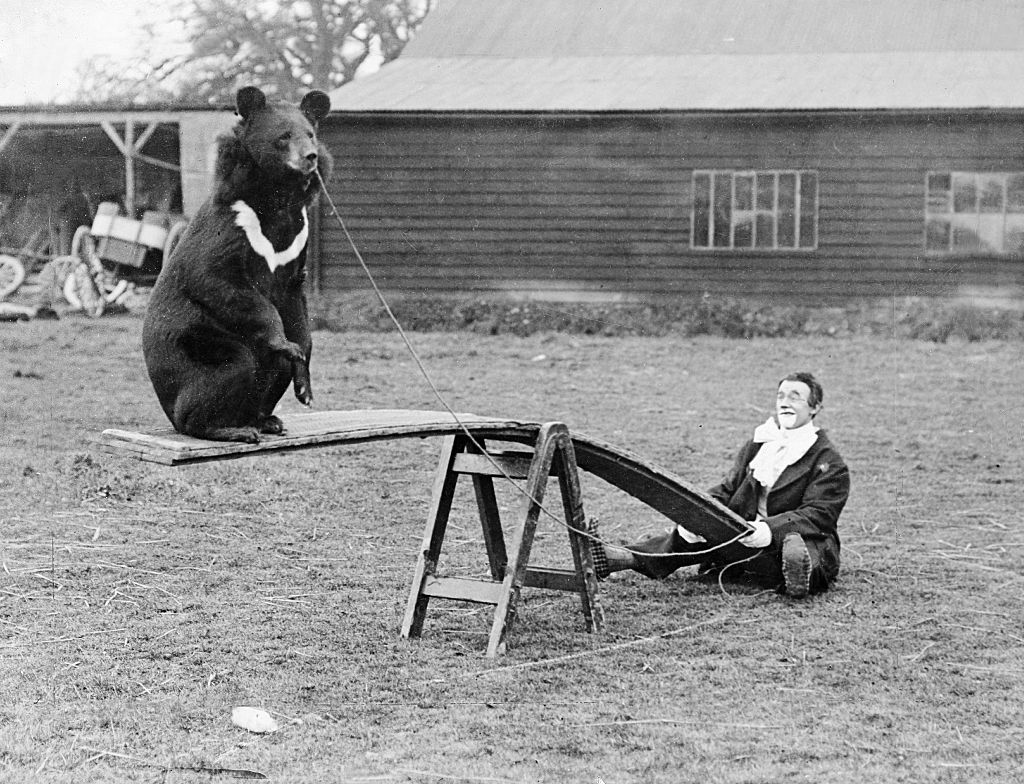
This picture was taken in Germany at the turn of the 19th century and shows a clown playing on a seesaw with a bear. Surprisingly, this is the first bear we’ve show you on this list!
The bear looks perfectly balanced atop one end of the seesaw while the clown weighs down the other. You know the saying, “lions and tigers and bears, oh my!?” Well, we’ve now shown you lions and bears. Maybe a tiger will be coming up!
Olga Kerr Wasn’t Afraid To Get In The Ring With Lions
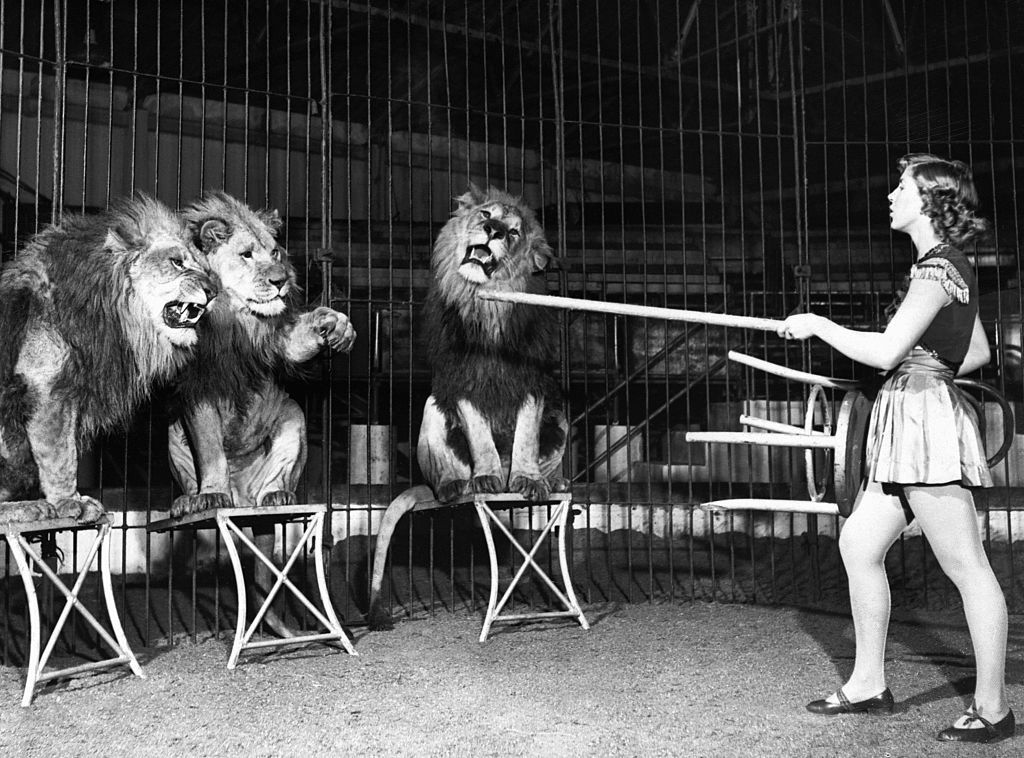
Nicolai Poliakoff made a name for himself as Coco the Clown, becoming one of the most famous clowns of the 20th century. His career inspired his daughter, Olga, who became a celebrated circus performer herself. She joined Betram Mills where she excelled at acrobatics, high line, and trapeze work.
Olga married Alexander Kerr, an elephant and lion tamer, and the two established their own zoo. Their business venture quickly gained recognition thanks to their quirky attractions such as Bill, the pipe-smoking chimpanzee who would smoke cigarettes gifted by the public. In the photo above, Olga instructs circus lions with the aid of a stool and a stick.
Ella Freeman Prepares For A Performance
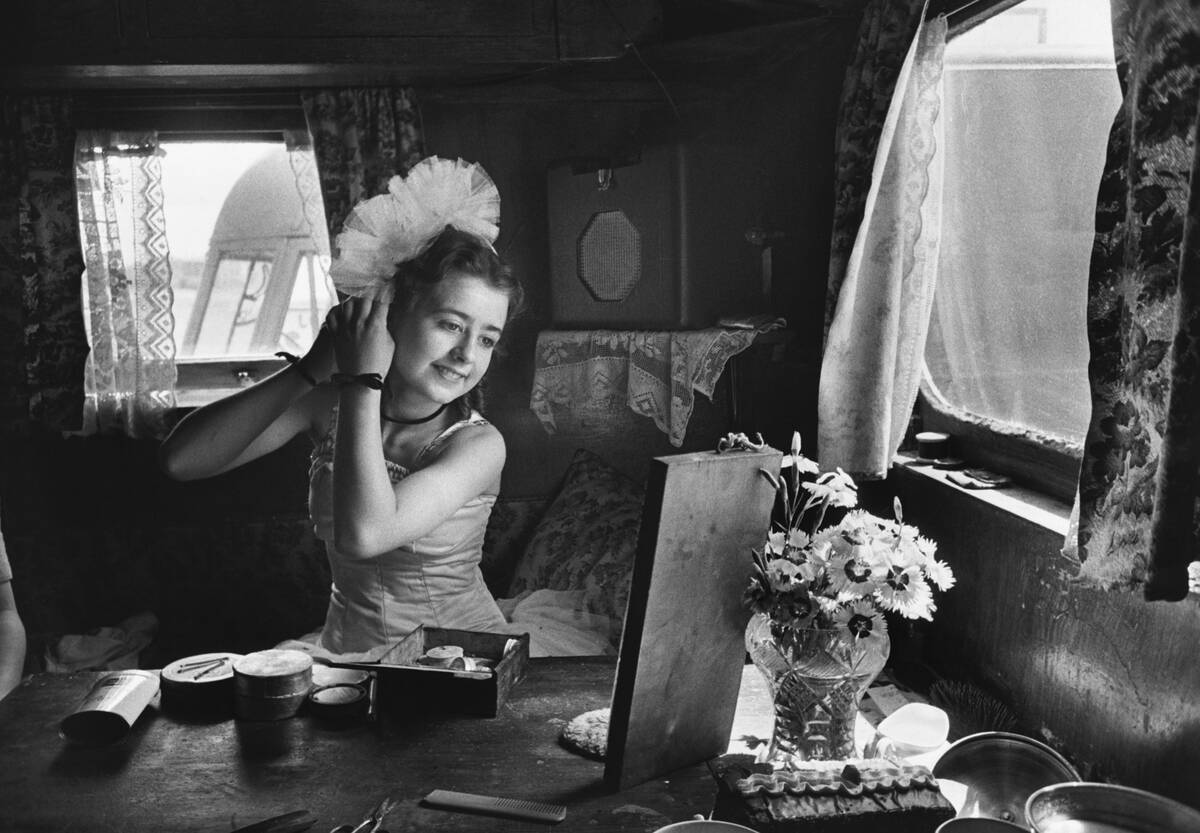
Another figure in the early circus industry was ‘Lord’ George Sanger. Sanger started his career as an animal tamer and his first “troupe” included canaries, hares, and small birds. He taught his troupe to fire tiny cannons and walk tightropes. Sanger’s show proved successful and soon he began performing at private parties before starting a traveling show with his old brothers, John and William.
In this photo taken in 1949, circus horse-ballerina Ella Freeman prepares for a performance. Freeman was a long-time performer in Lord George Sanger’s Circus.
Multiple Rings Become A Unique Feature Of The American Circus
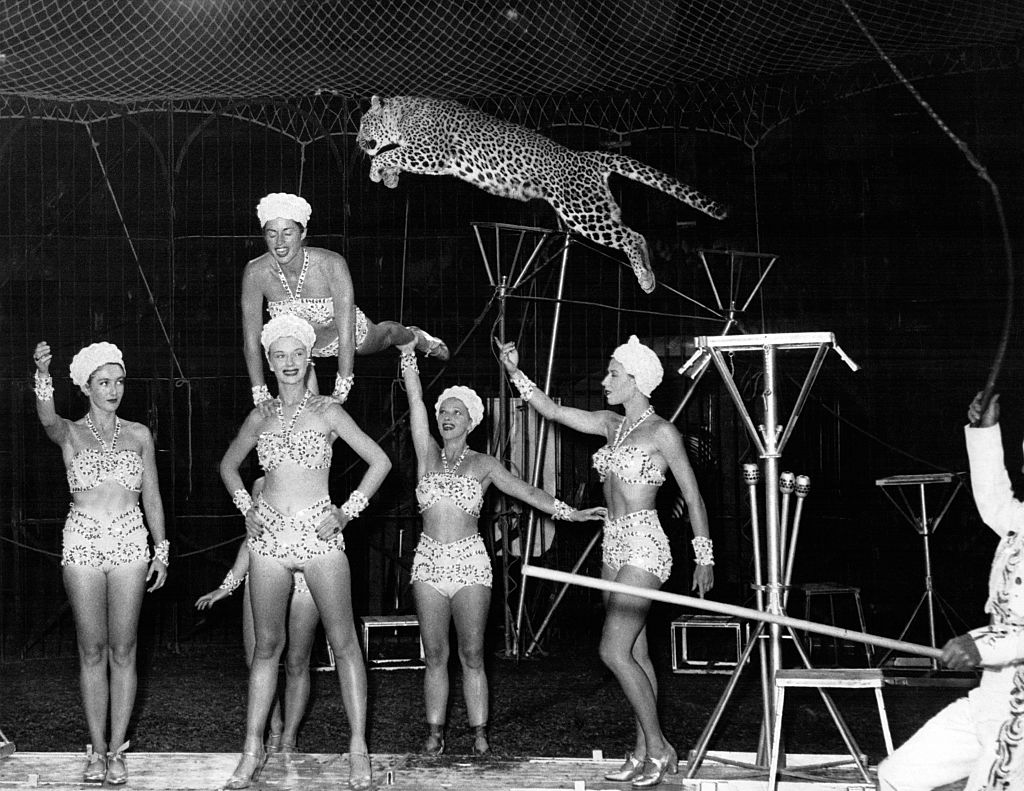
By 1872, the circus had become the most popular form of entertainment in the United States. The year prior, Phineas Taylor Barnum and William Cameron Coup launched the P.T. Barnum’s Museum, Menagerie & Circus and quickly became the most popular and successful circus of the times.
Wanting to grow their business even more, the men decided to increase the size of their tent to allow more visitors. However, lengthening the tent meant making the view worse for some audience members. To combat this, an additional ring was added so every audience member would have an unforgettable experience.
U.S. Circuses Forged Their Own Path
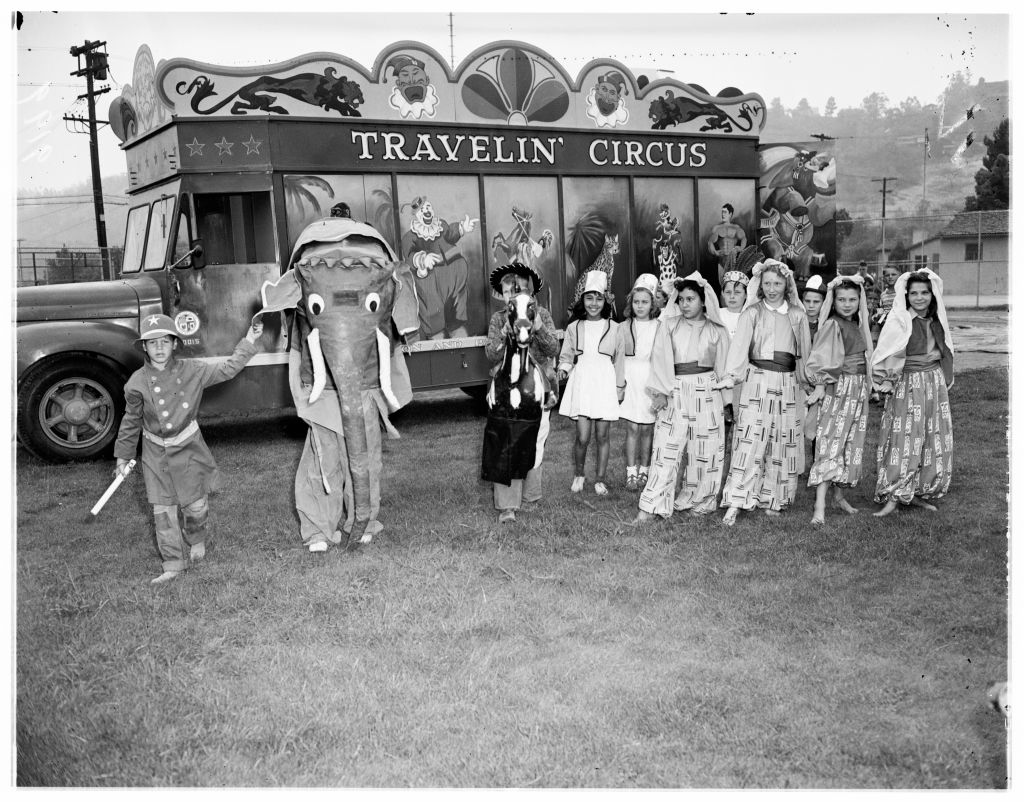
Other farmers took notice of Bailey’s success and decided to go into the traveling-circus-menagerie business, adding more performances throughout the United States.
In the mid-1800s, a group of 135 farmers and menagerie owners came together to create the Zoological Institute. The institute went on to own and operate 13 menageries as well as three circuses, allowing them to corner to the traveling circus business. As the business continued to evolve, it became a very different model from that of European circuses, and instead included a traveling ten-show with a menagerie owned by businessmen.
Two Clowns Are Better Than One
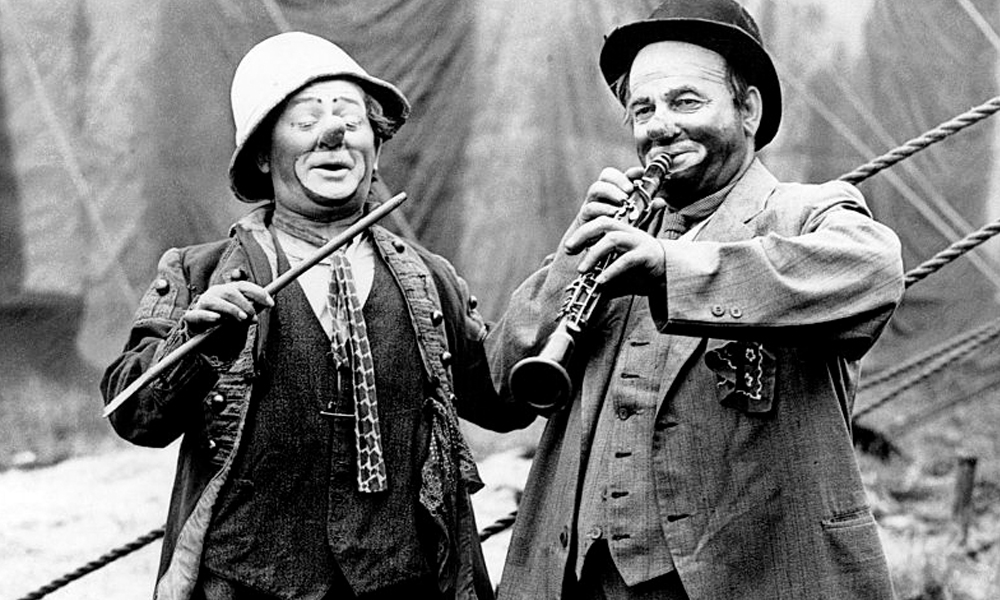
Can you guess which clown in this picture is the real clown? If you said the one on the right then we’re sorry. That is actually Rufus Wood, a prominent businessman and publisher from Seattle Washington.
The Clown on the left is Otto Griebling, who made his living with the Brother-Clyde Beatty circus. In a city like Seattle, any excuse to get out of the rain is a good one, especially when you get to take in a show as well!
Painting The Coffee Boys Like Clowns
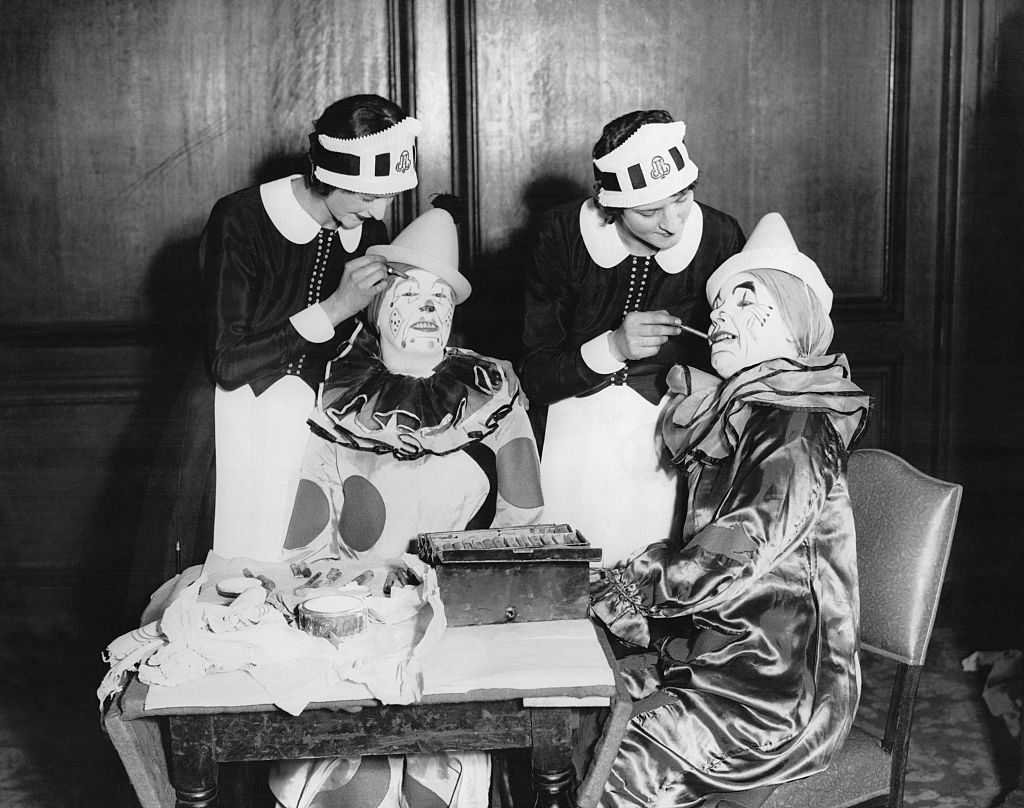
The two clowns in this picture aren’t clowns at all. In caption for the original pictures says it’s two coffee boys having their faces painted by a catering company at a circus in London.
The actual event this happened at was not a circus performance, though. It was a charity party supported by the circus. After these two coffee boys were done being turned into goofs, they worked the party, making sure the guests were entertained and awake.
A Clown And His Dog

Here’s a wonderful moment between a clown and his dog. It’s easy to take for granted that performers need downtime, too. They are not always “on” so to speak, and sometimes just need to take a break with man’s best friend.
This clown is Charles Bell, and his precious pooch is named Trixie. Together, they traveled around the world with Barnum wowing new crowds at every stop. And when it was time for them to stop, they were able to share quiet moments like this.
Feeding Time
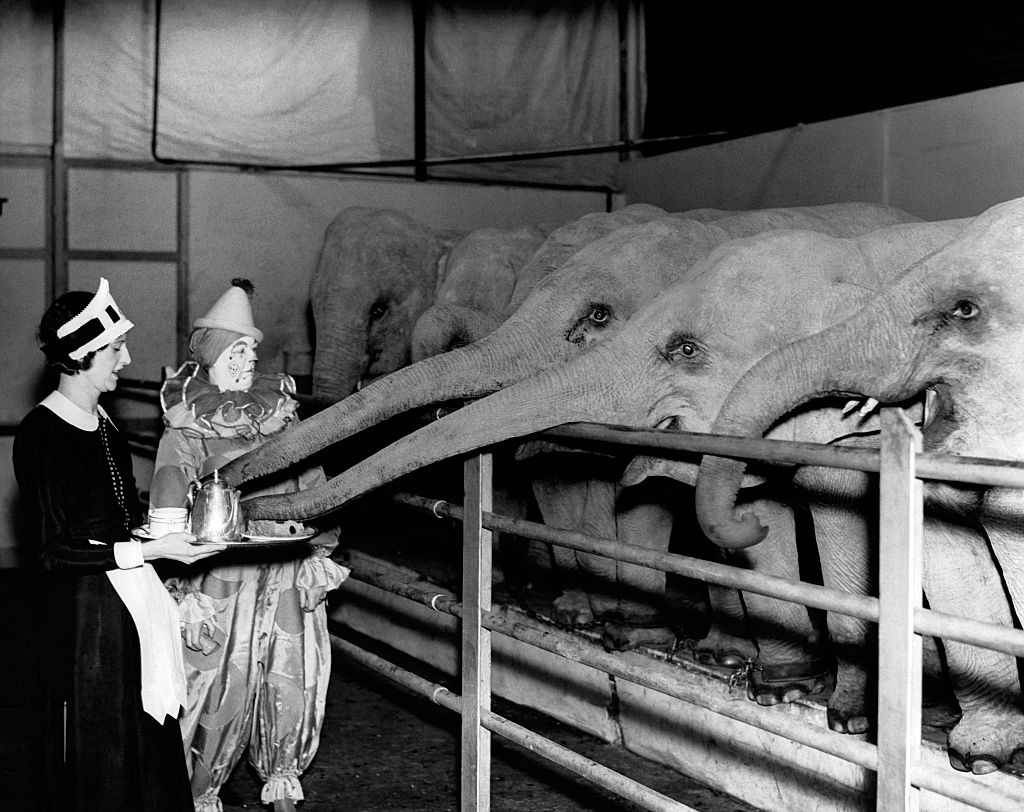
When you’re a man, woman, or elephant, there’s a 100 percent chance you love food. Here is feeding time for the elephants, and they were probably starving. Nothing would be worse than having them perform on empty stomachs!
Like another picture, this one was taken at a charity party, so this feeding was likely more for show than sustenance. Just by looking at the size of the dish and it’s clear that would never be enough food for those animals.
Trixie Doing Tricks
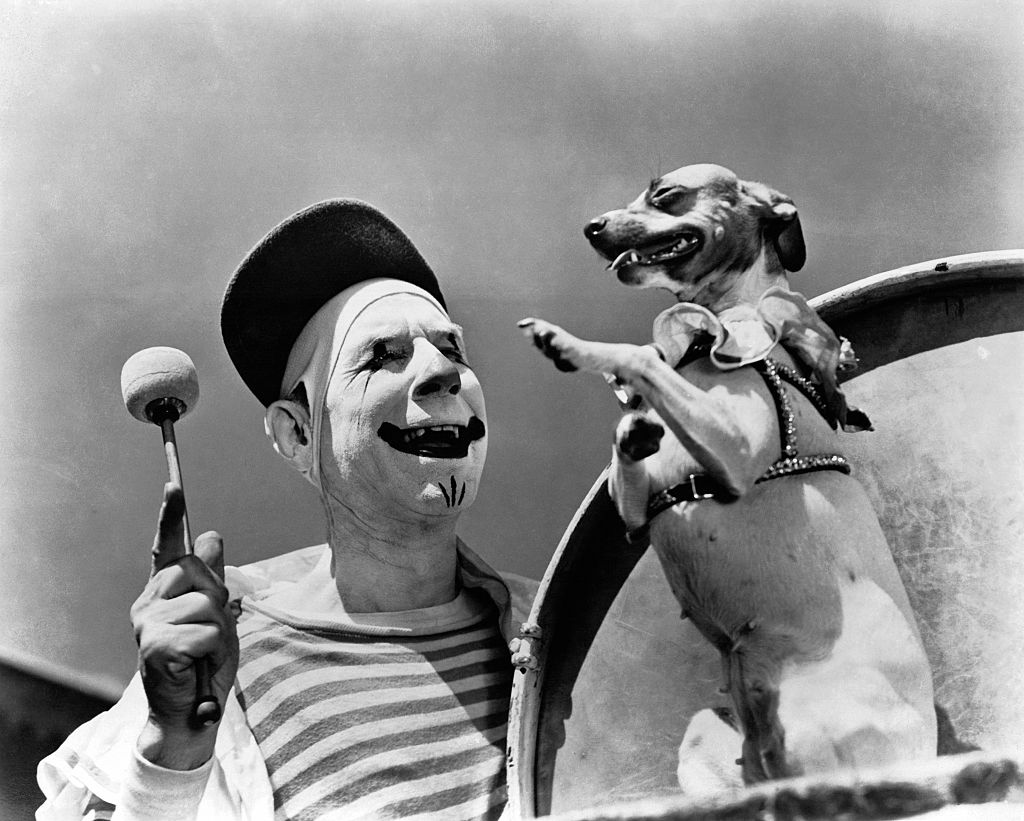
You’ve already been introduced to Charles Bell and Trixie, but you didn’t get to see them performing. Both look absolutely ecstatic putting on a show for the crowd. They work hard on stage so they can relax easily off it.
While touring with Ringling Bros. and Barnum and Bailey, Bell was known as the “world’s greatest tumbler.” He retired from performing in 1956 after a 35 year career. In 1069, he was enshrined in the International Circus Hall of Fame.
Royal Family
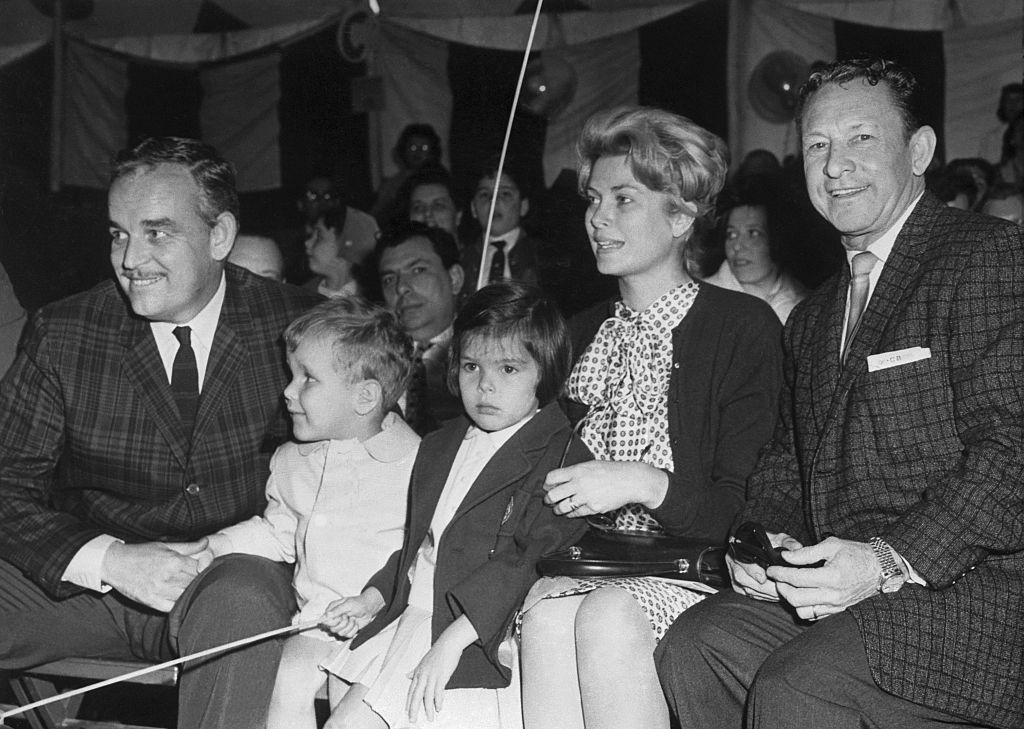
Even royal families loved going to the circus. This is the royal family of Monaco; Prince Ranier, Princess Grace, Albert, and Caroline. This picture was taken n May 23rd. Clyde Beatty, the man who ran the circus, is pictured on the right.
Before starting his circus, Clyde Beatty made his name as an animal trainer. Sadly, Beatty passed away at just 62-years-old after a battle with cancer. He was still running his circus at the time.
Clowns Were Never Meant To Be A Circus Mainstay
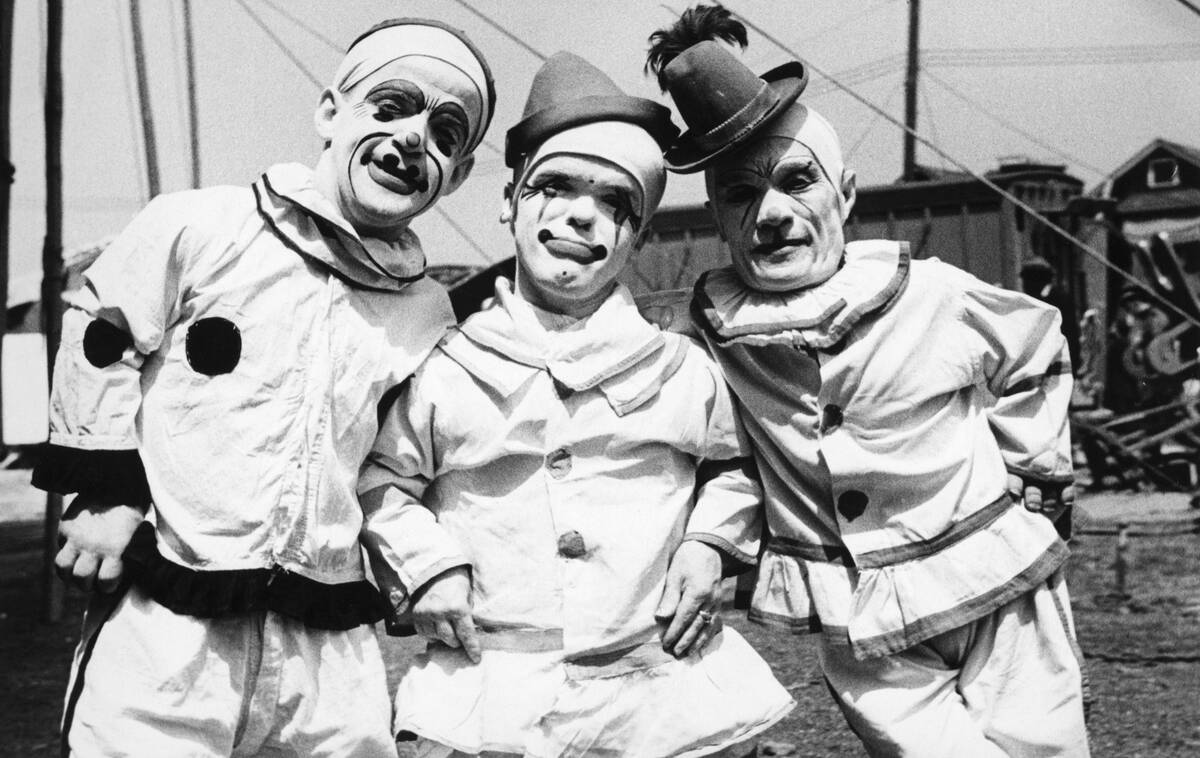
Rather than having the audience wait in silence in between acts, Philip Astley had a clown perform. Other circus entrepreneurs followed suit, although it’s unsure whether or not anyone predicted how popular these performers would become!
Since the days of the first circuses, there have been numerous notable clowns, some of whom have gained international acclaim. Clown culture has evolved to even include its own unique lingo and varying character types. Pictured above are three clowns in full makeup awaiting their circus performance. Nicolai Poliakoff, known as Coco the Clown (left), was one of the most famous clowns of the 20th century.


